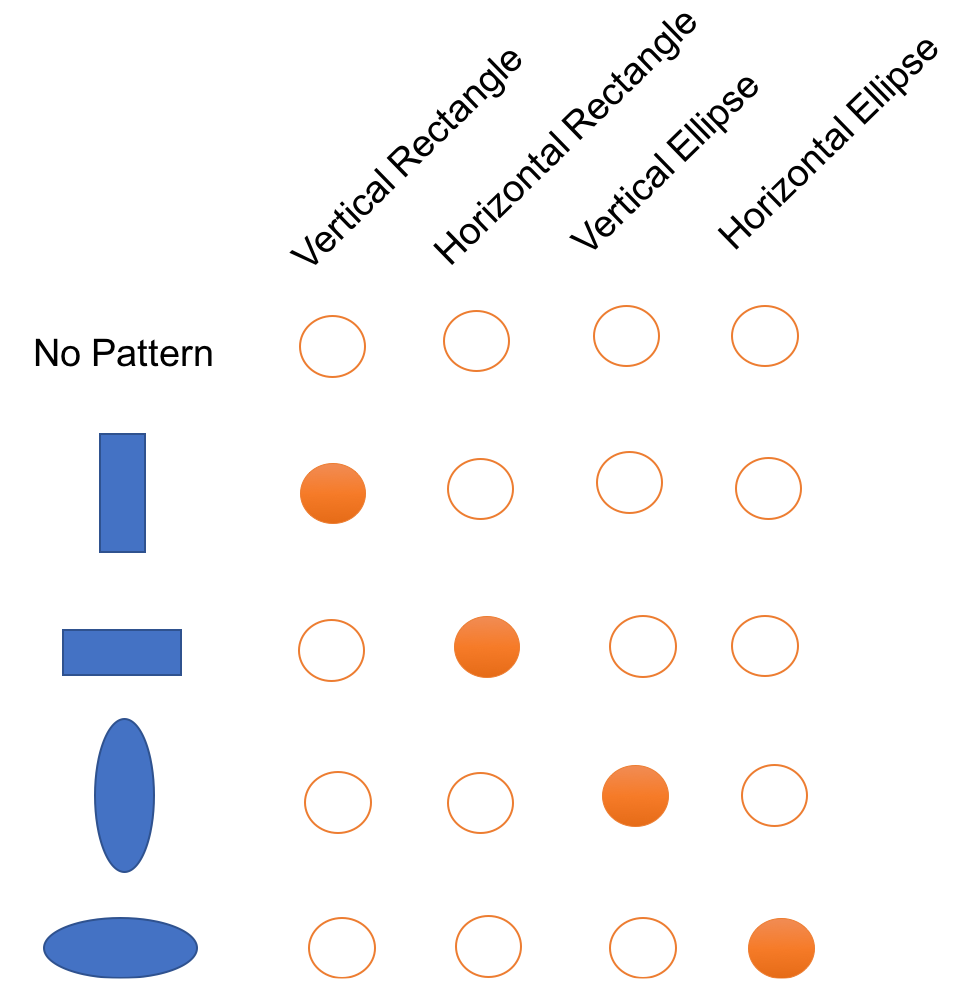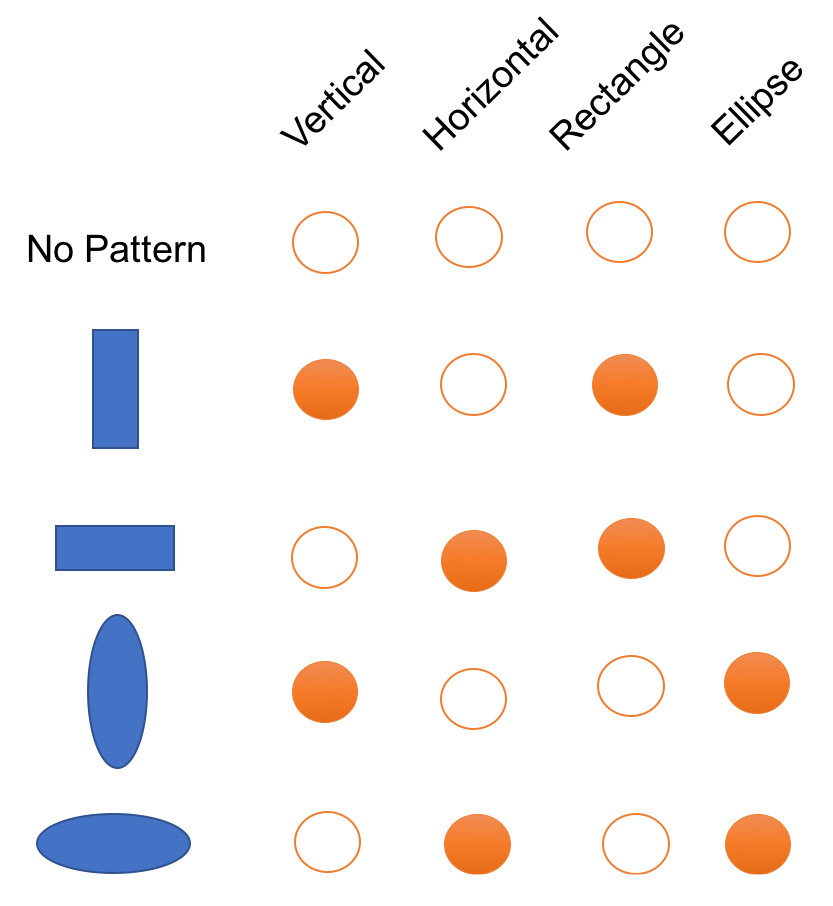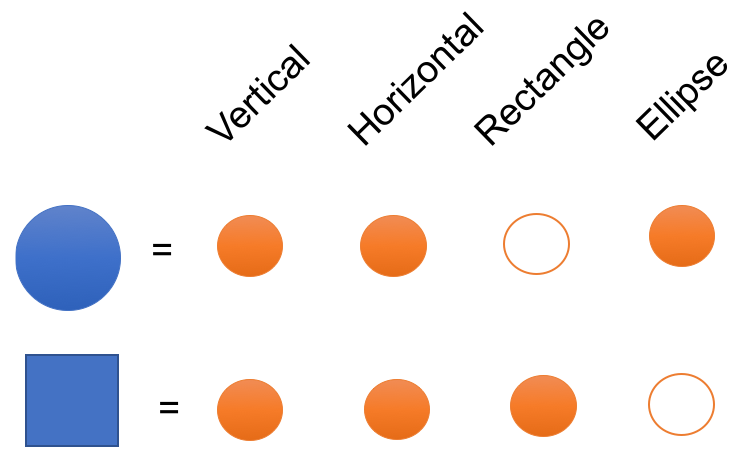For most traditional machine learning algorithms, their performance depends heavily on the representation of the data they are given. Therefore, domain prior knowledge, feature engineering, and feature selection are critical to the performance of the output. But hand-crafted features lack the flexibility of applying to different scenarios or application areas. Also, they are not data-driven and cannot adapt to new data or information comes in. In the past, it has been noticed that a lot of AI tasks could be solved by using a simple machine learning algorithm on the condition that the right set of features for the task are extracted or designed. For example, an estimate of the size of a speaker’s vocal tract is considered a useful feature, as it’s a strong clue as to whether the speaker is a man, woman, or child. Unfortunately, for many tasks, and for various input formats, for example, image, video, audio, and text, it is very difficult to know what kind of features should be extracted, let alone their generalization ability for other tasks that are beyond the current application. Manually designing features for a complex task requires a great deal of domain understanding, time, and effort. Sometimes, it can take decades for an entire community of researchers to make progress in this area. If one looks back at the area of computer vision, for over a decade researchers have been stuck because of the limitations of the available feature extraction approaches (SIFT, HOG, and so on). A lot of work back then involved trying to design complicated machine learning schema given such base features, and the progress was very slow, especially for large-scale complicated problems, such as recognizing 1000 objects from images. This is a strong motivation for designing flexible and automated feature representation approaches.
One solution to this problem is to use the data driven type of approach, such as machine learning to discover the representation. Such representation can represent the mapping from representation to output (supervised), or simply representation itself (unsupervised). This approach is known as representation learning. Learned representations often result in much better performance as compared to what can be obtained with hand-designed representations. This also allows AI systems to rapidly adapt to new areas, without much human intervention. Also, it may take more time and effort from a whole community to hand-craft and design features. While with a representation learning algorithm, we can discover a good set of features for a simple task in minutes or a complex task in hours to months.
This is where deep learning comes to the rescue. Deep learning can be thought of as representation learning, whereas feature extraction happens automatically when the deep architecture is trying to process the data, learning, and understanding the mapping between the input and the output. This brings significant improvements in accuracy and flexibility since human designed feature/feature extraction lacks accuracy and generalization ability.
In addition to this automated feature learning, the learned representations are both distributed and with a hierarchical structure. Such successful training of intermediate representations helps feature sharing and abstraction across different tasks.
The following figure shows its relationship as compared to other types of machine learning algorithms. In the next section, we will explain why these characteristics (distributed and hierarchical) are important:
A Venn diagram showing how deep learning is a kind of representation learning































































